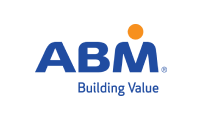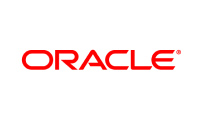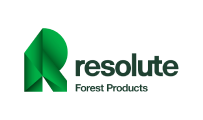As ESG standards tighten, Fortune 500 companies are evolving. In 2025, leaders like Unilever, Salesforce, and Walmart are weaving ESG into governance, operations, and supply chains. They are also tackling Scope 3 emissions, which remain a persistent challenge. Let’s explore their latest case studies, expert insights, and strategies professionals can apply.
Unilever: ESG at the Core of Governance
Unilever has embedded sustainability into its highest governance layers. According to its Sustainability Governance, the company uses robust mechanisms to ensure accountability at all levels of the business.
Unilever’s Remuneration Topics reveal that the Sustainability Progress Index directly influences executive pay. This approach ensures that top management is incentivized to meet ESG targets.
Mini Case Insight:
In my discussions with sustainability managers, many emphasize that aligning compensation with sustainability outcomes boosts internal commitment. For example, a sustainability lead at a Fortune 100 company shared that tying ESG metrics to bonuses improved cross-departmental collaboration by 30%.
Salesforce: Digital Tools to Drive Scope 3 Reductions
Salesforce leverages its Net Zero Cloud, a digital platform that helps organizations track Scope 1, 2, and 3 emissions with precision. The Net Zero Cloud datasheet provides detailed capabilities for automation and data collection across the value chain.
Additionally, Salesforce has committed to achieving net-zero emissions across its full value chain and sourcing 100% renewable energy, as detailed on its ESG portal.
This tech-driven strategy enables Salesforce to progress toward a 50% absolute reduction in Scope 3 emissions by 2030.
Walmart: Project Gigaton and Supply Chain Emissions
Walmart’s Project Gigaton seeks to eliminate one billion metric tons of greenhouse gas emissions by 2030. According to its latest progress, suppliers have already helped avoid over 750 million metric tons of emissions.
Additionally, Walmart invests in regenerative agriculture and AI-driven logistics to further reduce emissions. ESG oversight is embedded at the Board level via the Compensation & Management Development Committee, ensuring executive accountability for sustainability efforts.
Common ESG Themes, Frameworks, and Challenges
These companies align their ESG reporting with global standards like:
However, implementing ESG strategies is not without challenges:
- Data Collection for Scope 3: Gathering reliable data across suppliers is complex.
- Global Supply Chain Alignment: Ensuring sustainability standards across geographies is difficult.
- Greenwashing Risks: Without clear metrics, companies may face skepticism about the authenticity of their efforts.
ESG Integration Checklist
✅ Embed ESG metrics in executive KPIs.
✅ Use digital tools for emissions tracking.
✅ Establish supplier ESG collaboration protocols.
✅ Regularly update stakeholders with transparent reports.
✅ Align disclosures with GRI, SASB, and ISSB frameworks.
Why ESG Professionals Should Take Note
For U.S. sustainability experts, these 2025 strategies provide a roadmap for:
- Governance alignment: Prioritize ESG in leadership decision-making.
- Data-driven tools: Leverage platforms like Net Zero Cloud.
- Social Equity: Balance environmental and social governance.
About the Certified Sustainability (ESG) Practitioner Program by CSE
The Certified Sustainability (ESG) Practitioner Program by CSE equips professionals with skills in:
- ESG Reporting Standards (GRI, SASB, ISSB)
- Materiality Analysis & Double Materiality
- Scope 1, 2, 3 Carbon Accounting
- ESG Strategy Development
- Stakeholder Engagement
Many graduates of the program have advanced to lead ESG teams within major corporations. The program is globally recognized and provides practical tools for immediate application.
Conclusion
In 2025, Fortune 500 ESG strategies showcase how sustainability drives resilience and competitive advantage. Unilever, Salesforce, and Walmart exemplify integrated governance, tech solutions, and supply chain collaboration. For ESG professionals, understanding these models is essential to driving impact in their own sectors.







